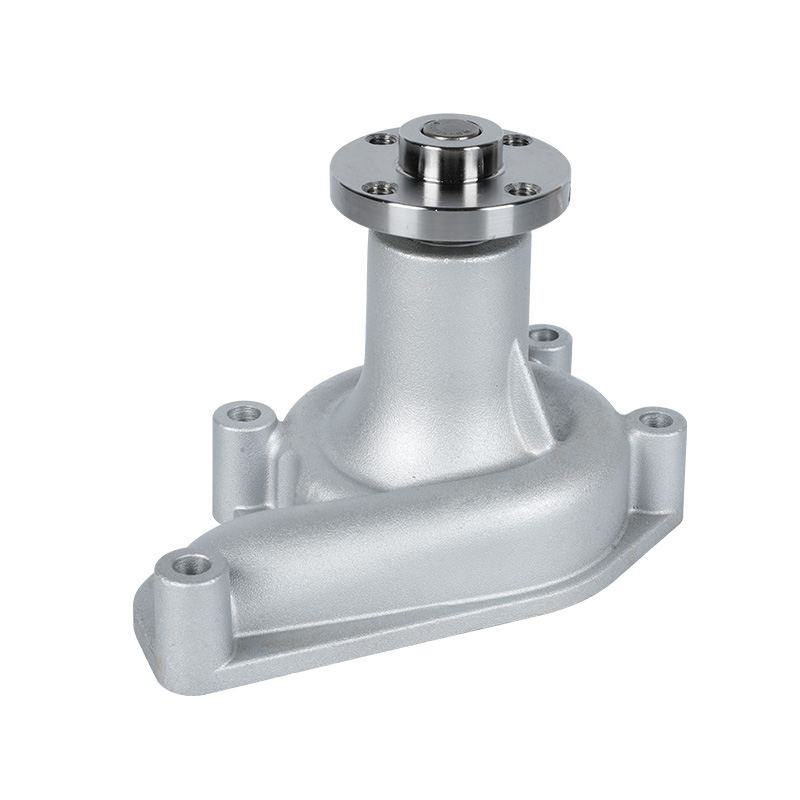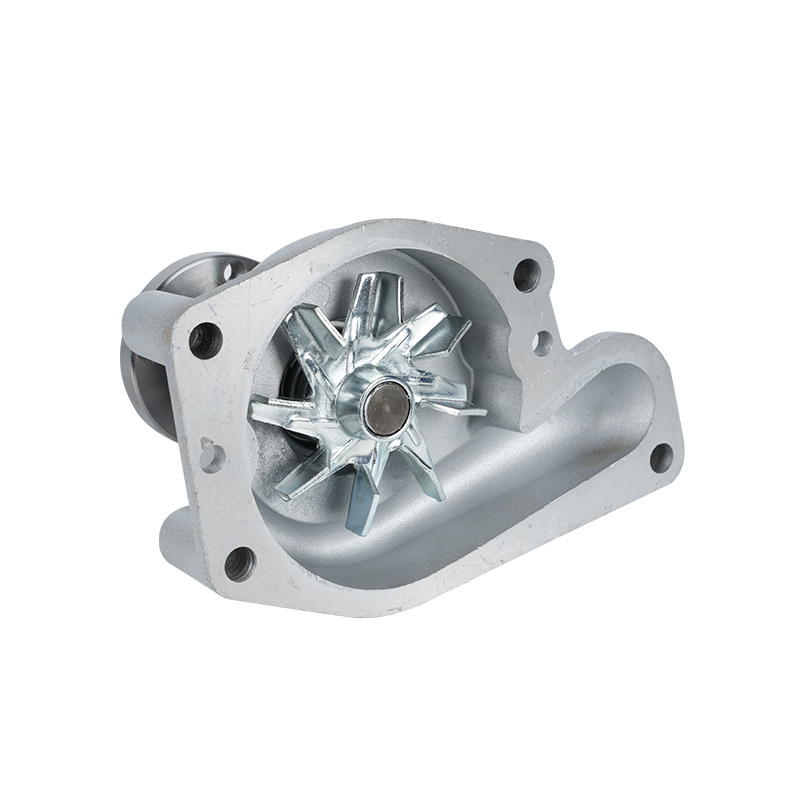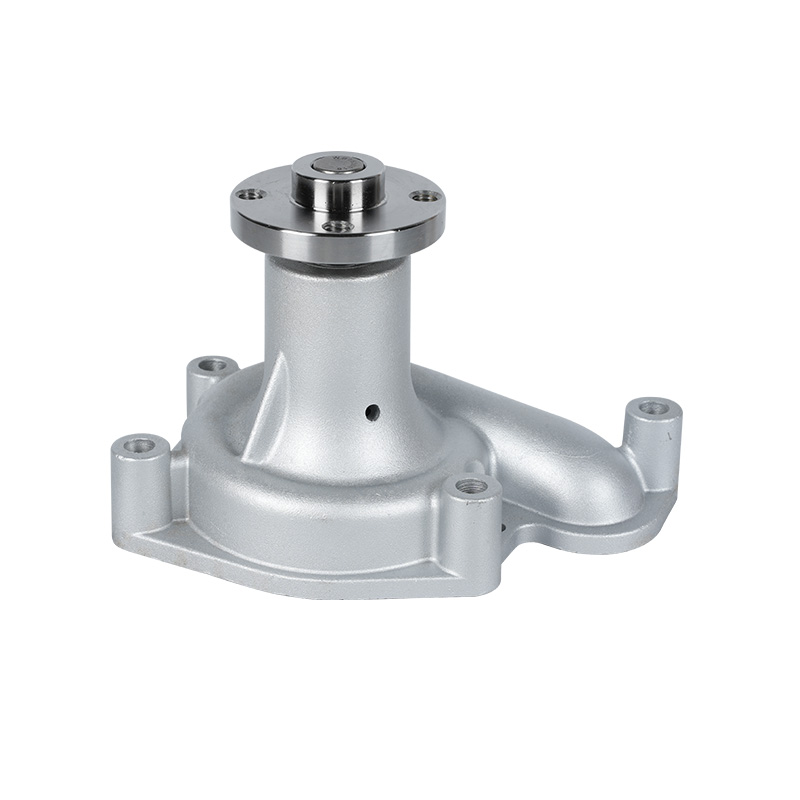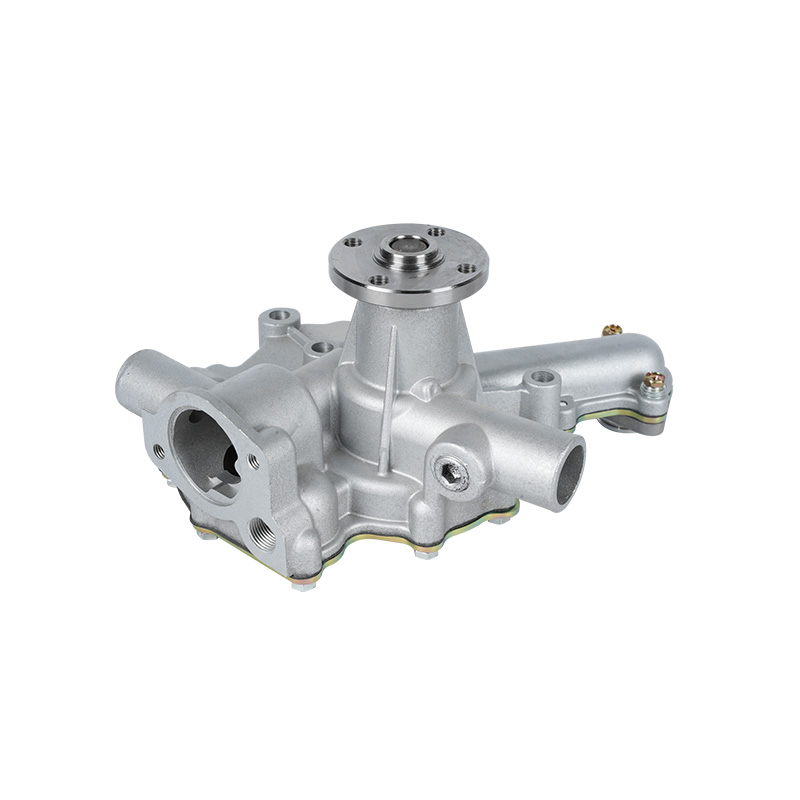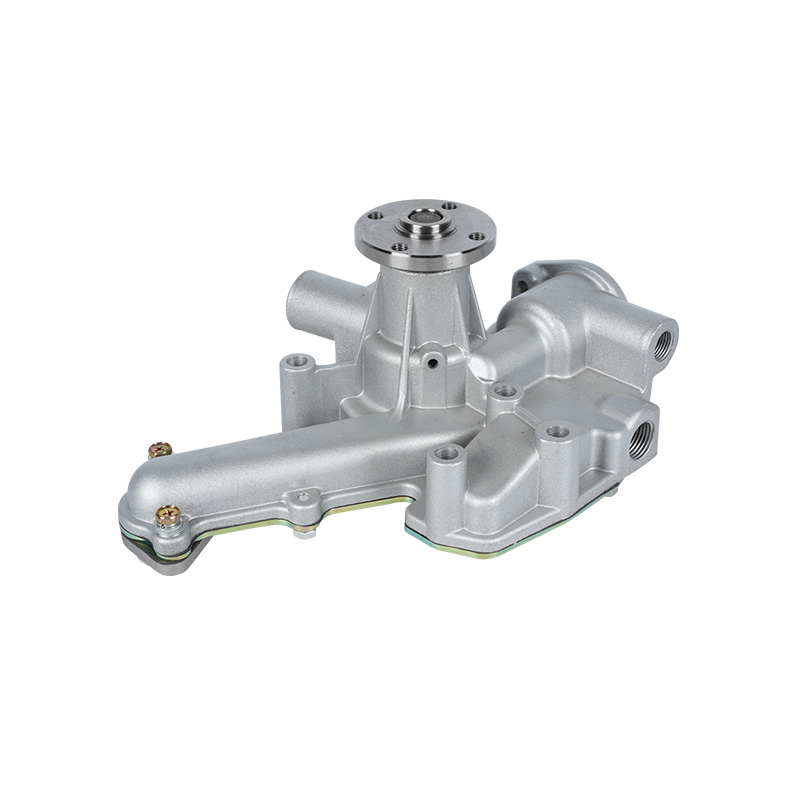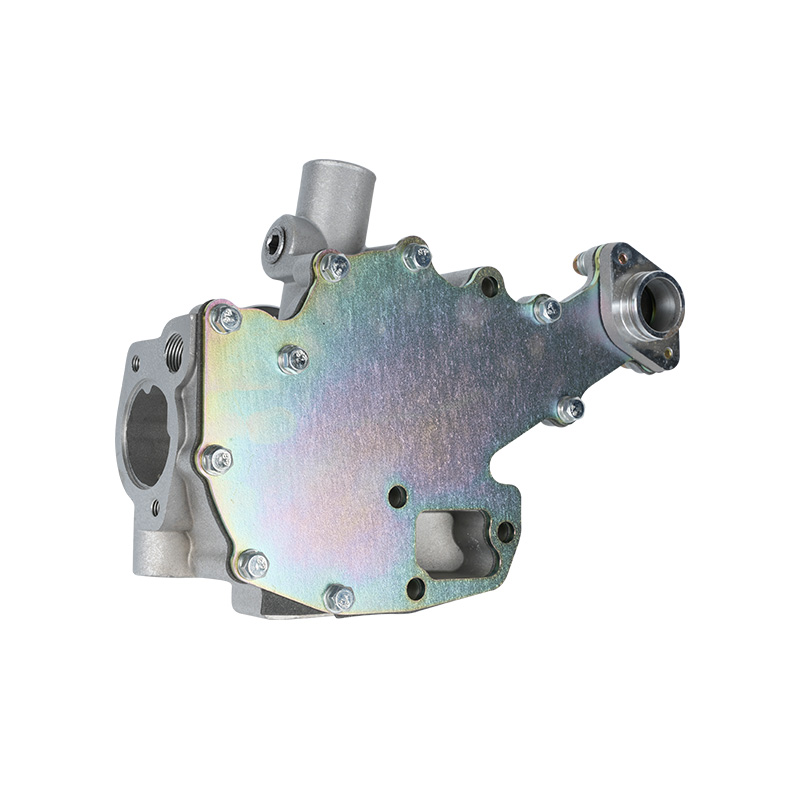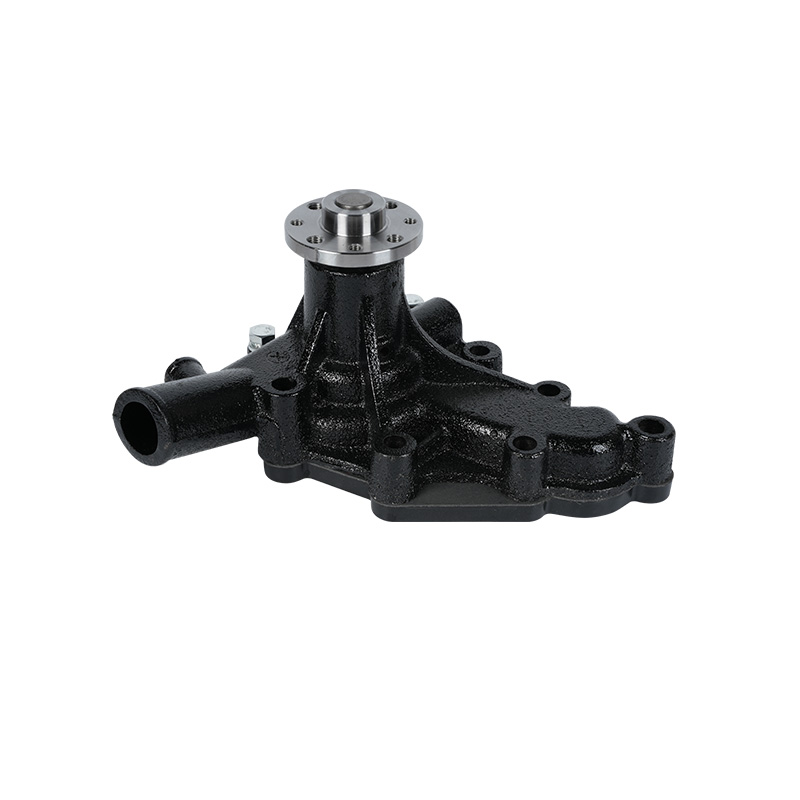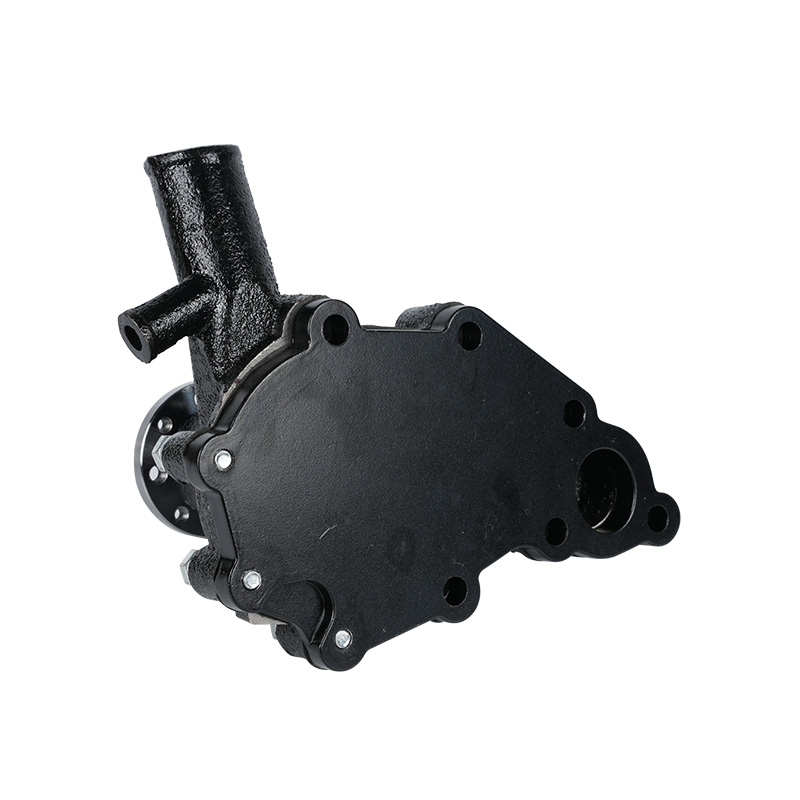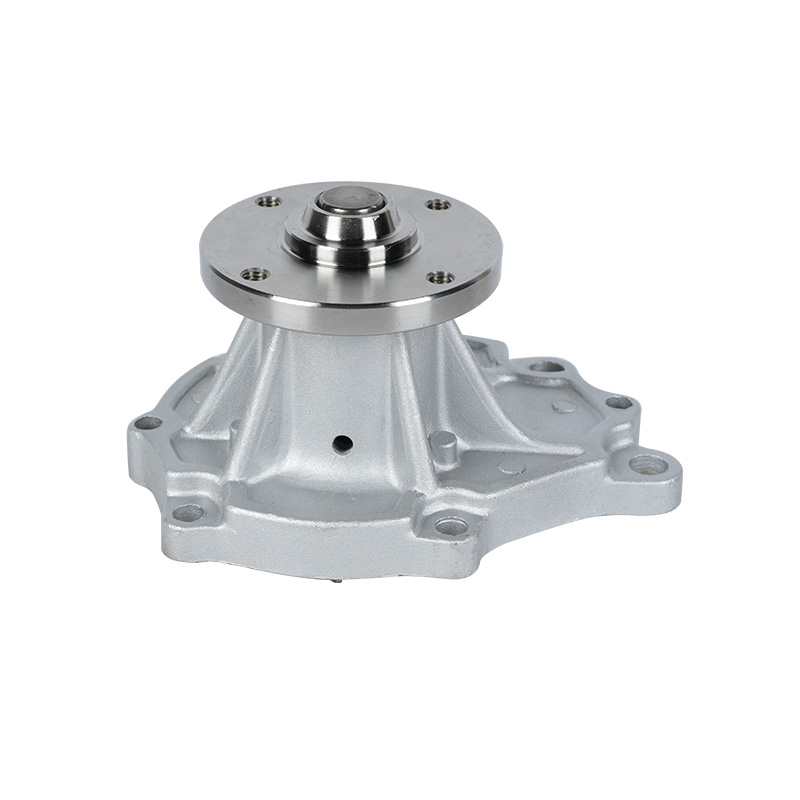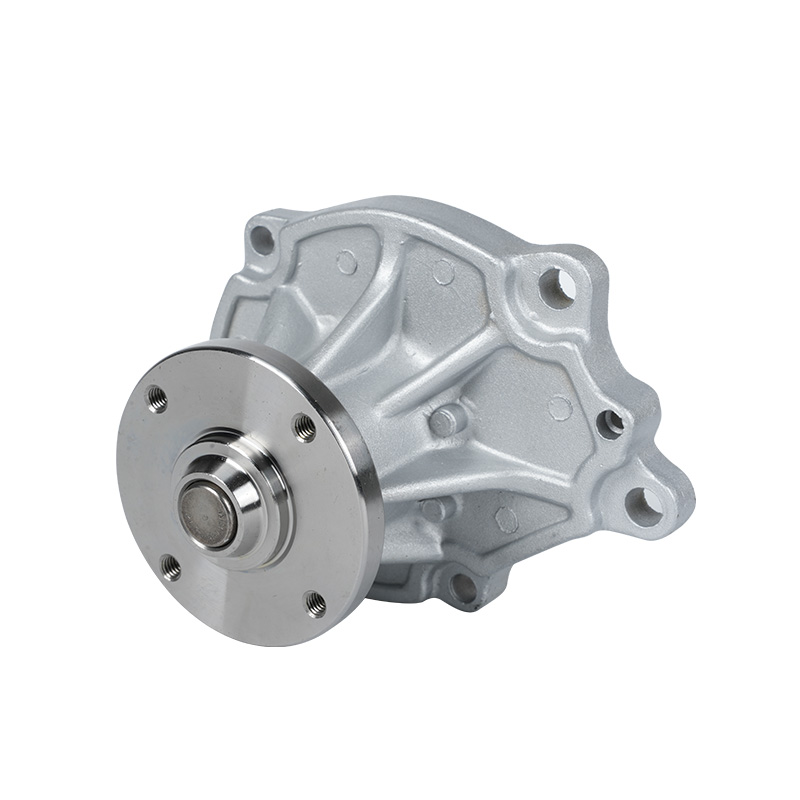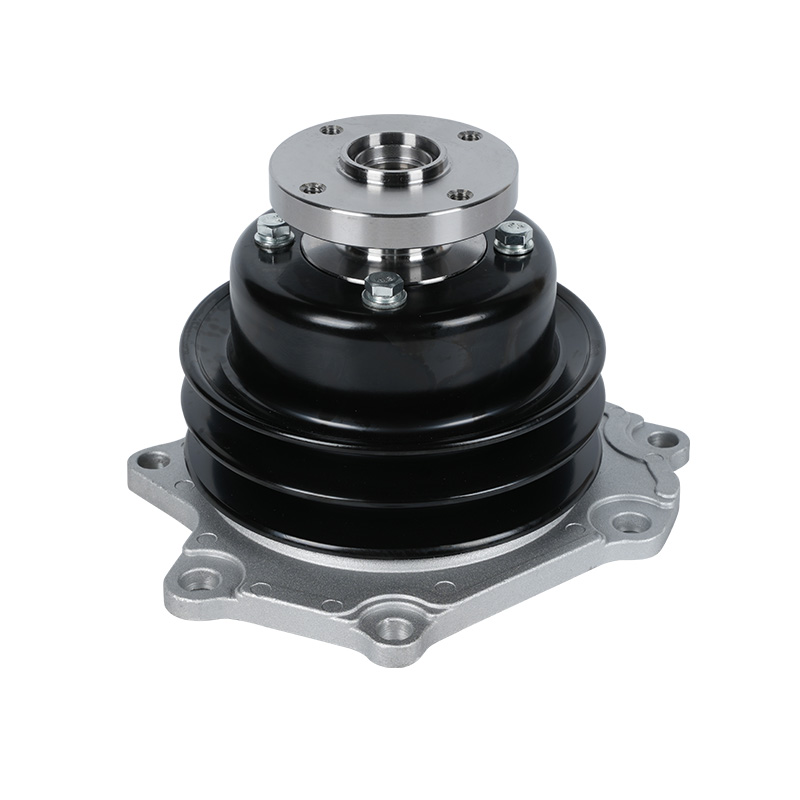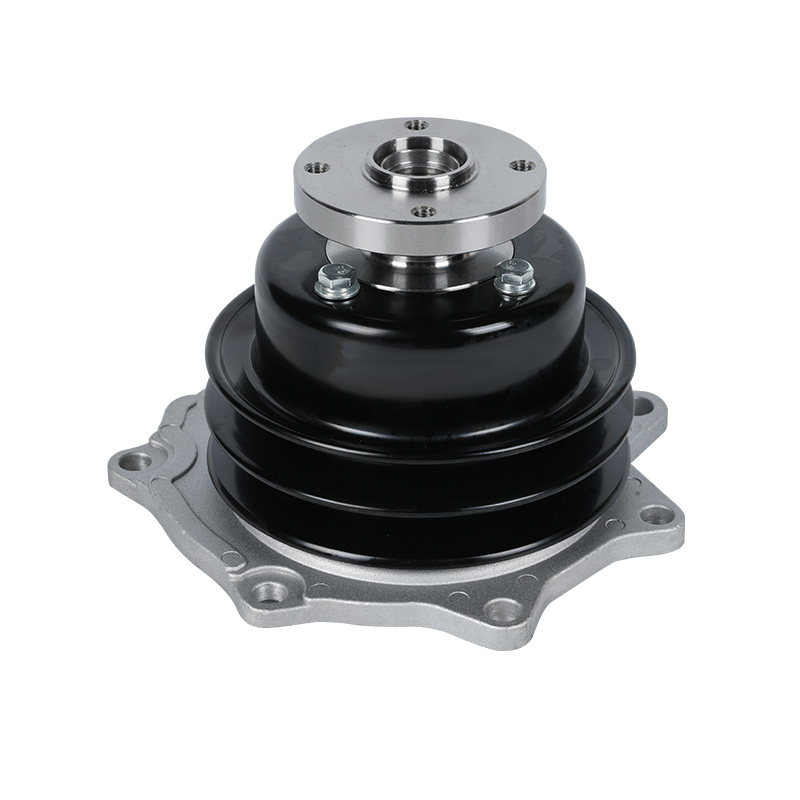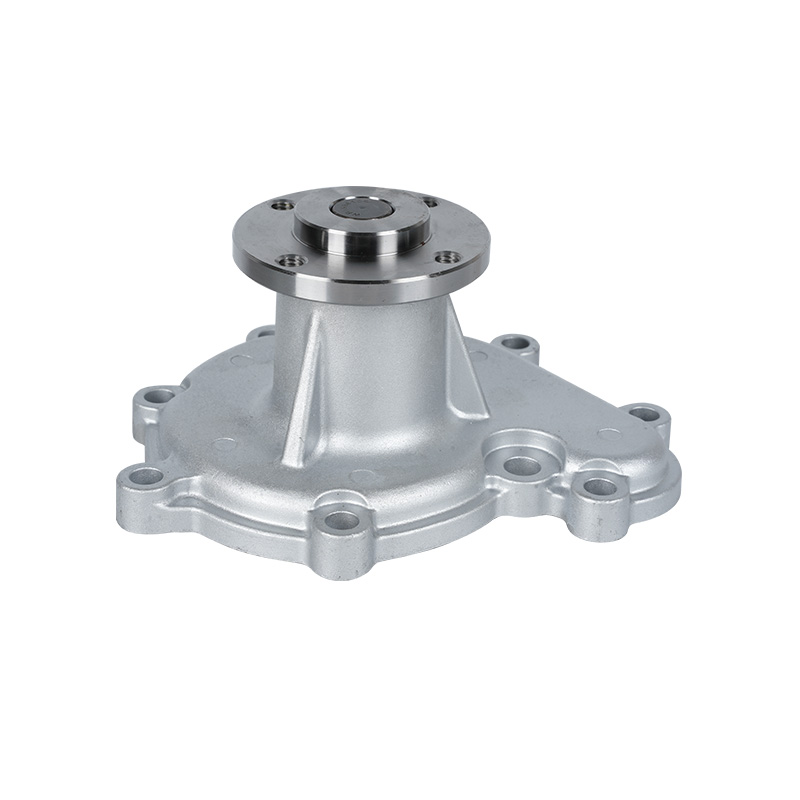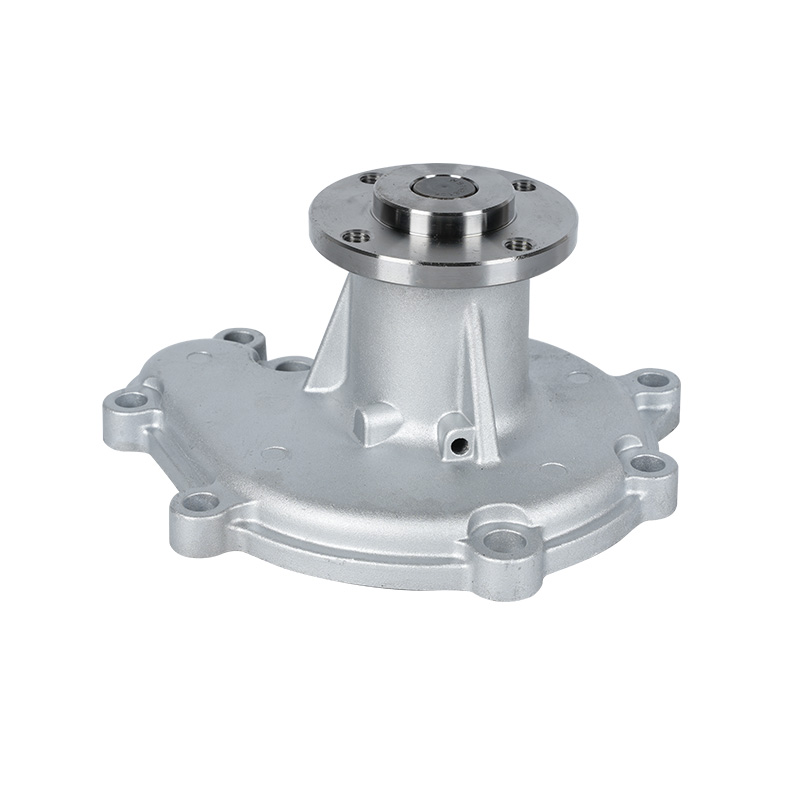High Volume Water Pump Help Industrial and Agricultural Development
In the realm of fluid management, the high volume water pump has become a cornerstone technology, enabling industries and agriculture to thrive in the face of ever-growing demands for efficient water handling. This robust piece of equipment is not just a tool; it's a symbol of progress, providing solutions to the challenges posed by water scarcity, industrial growth, and agricultural expansion.
The high volume water pump, designed for large-scale water movement, is a powerhouse in the field of irrigation, construction, and industrial processes. Companies that have adopted this technology report significant improvements in operational efficiency, reduced downtime, and a more sustainable approach to water resource management. As the world grapples with the effects of climate change and the need for more sustainable practices, the high volume water pump stands as a beacon of innovation.
One of the key features of the high volume water pump is its ability to handle large quantities of water with small energy consumption. This efficiency is crucial in an era where energy costs are rising and environmental concerns are at the forefront. The pumps are often equipped with advanced technologies such as variable frequency drives (VFDs), which allow them to adjust their speed according to the water flow requirements, thereby optimizing energy use. This not only reduces operational costs but also lesss the environmental impact, aligning with the global push towards greener technologies.
Industrial applications of the high volume water pump are equally impressive. In the mining industry, for example, these pumps are used to remove groundwater and surface water from pits and tunnels, ensuring safety and preventing operational delays. The pumps' ability to handle large volumes of water with high heads makes them ideal for this purpose. Similarly, in the construction industry, high volume water pumps are used to manage groundwater during the building process, preventing flooding and ensuring that foundations are laid on solid, dry ground.
Municipal water management is another area where high volume water pumps have made a significant impact. Cities around the world are facing challenges with aging infrastructure and increasing populations. The high volume water pump aids in the efficient management of wastewater, ensuring that treatment plants can handle the influx of water without overloading their systems. This not only prevents environmental disasters but also protects public health.
The high volume water pump's versatility is also evident in its use for flood control and emergency response. In the aftermath of natural disasters such as hurricanes and floods, these pumps are deployed to remove standing water quickly, preventing further damage to property and infrastructure. Their high volume output allows for rapid water removal, which is crucial in emergency situations where time is of the essence.
The high volume water pump is more than just a piece of equipment; it is a critical component in the modern world's quest for sustainable and efficient water management. Its ability to handle large volumes of water with small environmental impact makes it an invaluable asset in industries, agriculture, and municipalities worldwide. As we look to the future, the high volume water pump will undoubtedly continue to play a central role in our efforts to manage this precious resource effectively.



 English
English 中文简体
中文简体